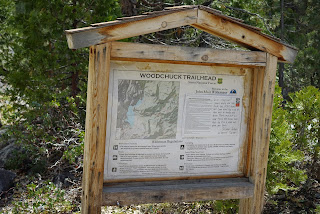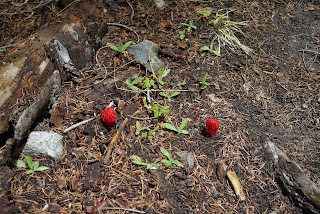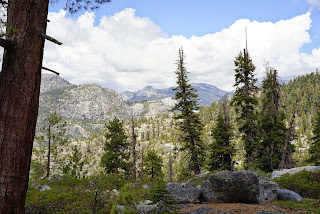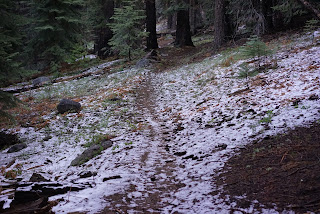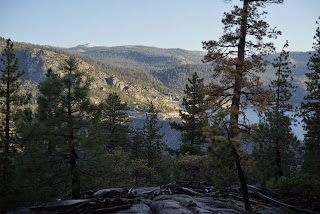Dale Matson
Here is a brief description
from the Merck Manual. http://www.merckmanuals.com/professional/injuries-poisoning/sports-injury/popliteus-tendinitis.
This is what the muscle
does. “The popliteal muscle in the leg is used for unlocking the knees while
walking by medially rotating the tibia during the closed chain portion of the
gait cycle (one with the foot in contact with the ground). It is also used when
sitting down and standing up. It is the only muscle in the posterior (back)
compartment of the lower leg that acts on the knee instead of the ankle (other
than the gastrocnemius, which acts on both).” http://en.wikipedia.org/wiki/Popliteus_muscle
About 15 years ago I was
primarily an ultra runner. I was training in California for the Kettle Moraine
100 mile endurance run in Wisconsin and began having a sharp pain behind my
knee. It hurt as much to walk as it did to run but I began to reduce mileage
because of the discomfort. Needless to say, I was not properly prepared and was
a dnf at mile 90. The discomfort was so great I couldn’t straighten my knee. My
calf was tight and extremely sore. It felt like my lower leg was being twisted.
It is a horror story of a
lengthy period of misdiagnosis and treatments. Meanwhile the pain was so great,
I could barely walk. I intentionally had a bee sting me behind the knee, went
to an acupuncturist, physical therapist, Chiropractor, had arthroscopic knee surgery, continually stretched with no relief and used Ace bandages on my knee.
Here is what I believe
helped when the surgeon said I had arthritis in my knee and would never be able
to straighten it. To this point the
correct diagnosis had not been made. Additionally, I have a leg length
discrepancy because of a spiral femur fracture from skiing. It is my longer
leg, which had the problem.
1.
The Physical
Therapist noticed biomechanical problems when I did knee bends. My knee turned
in as I lowered myself. He fitted me for orthotics to eliminate my foot rolling
so far inward which kept my knee straight.
2.
I began cycling
again as my primary exercise. It didn’t hurt and it strengthened my quadriceps,
which help stabilize my knee. I also continued weight training for my core and
upper body. I also swam three times a week. I still walked a couple of miles a
day but mostly on relatively flat surfaces.
3.
I went to a
trusted massage therapist weekly who worked the knee, hamstring, IT band and
calf.
4.
I stopped using
ice and started using heat and a spa jet on my knee. I continued to stretch the
calf and hamstrings.
5.
I stopped the daily
use of Ibuprofen.
6.
My wife pressed
daily on the knee of my outstretched leg. I had a rolled up towel under my
ankle, which allowed my knee to flex back. It was painful but effective and got
my leg closer to being straight.
This problem did not go away overnight. Most folks
who offer advice say that rest is the answer. It is impossible to rest if you
walk at all. I still think ice and ibuprofen may help initially but both became
counterproductive for me.
If you
have a sharp pain that begins behind the knee and later extends down into the
calf. Consider the possibility of tendinitis of the popliteal tendon. See a doctor and a physical therapist FIRST. Don't let the need to be fit override your need to be well and pain free. I
think it was Hal Higdon who once said, “Runners are the fittest group of
injured people I know.”
I hope someone out there is helped, especially the
ones who are yet to identify the problem with the correct diagnosis.



